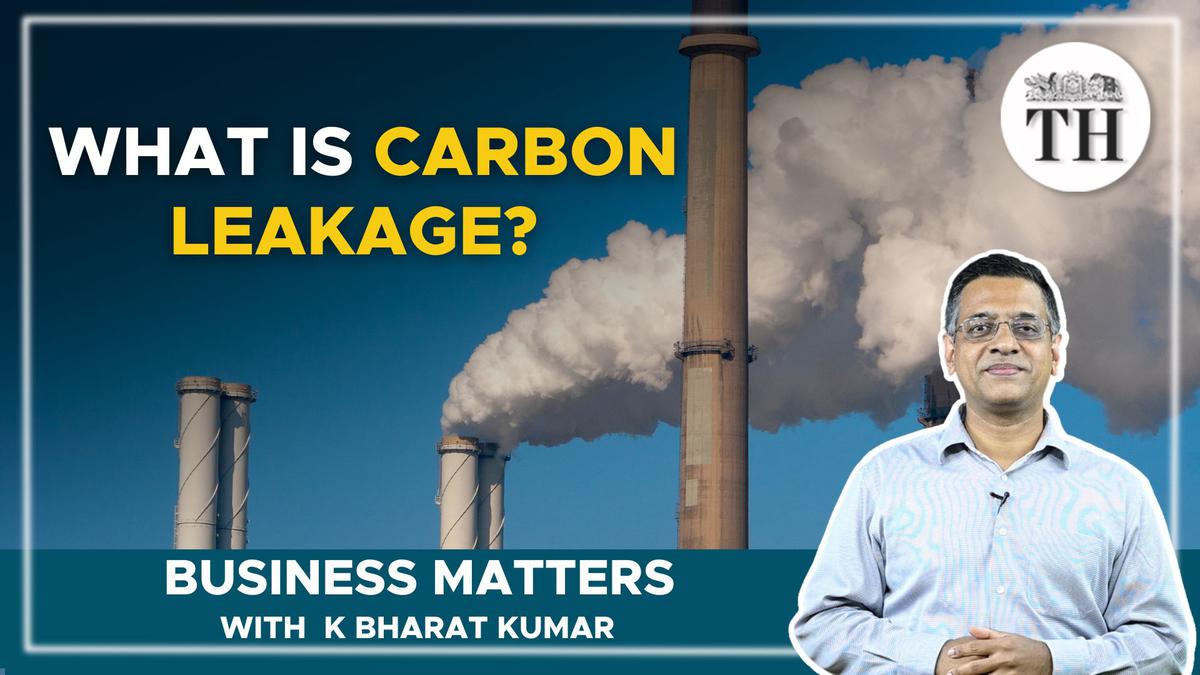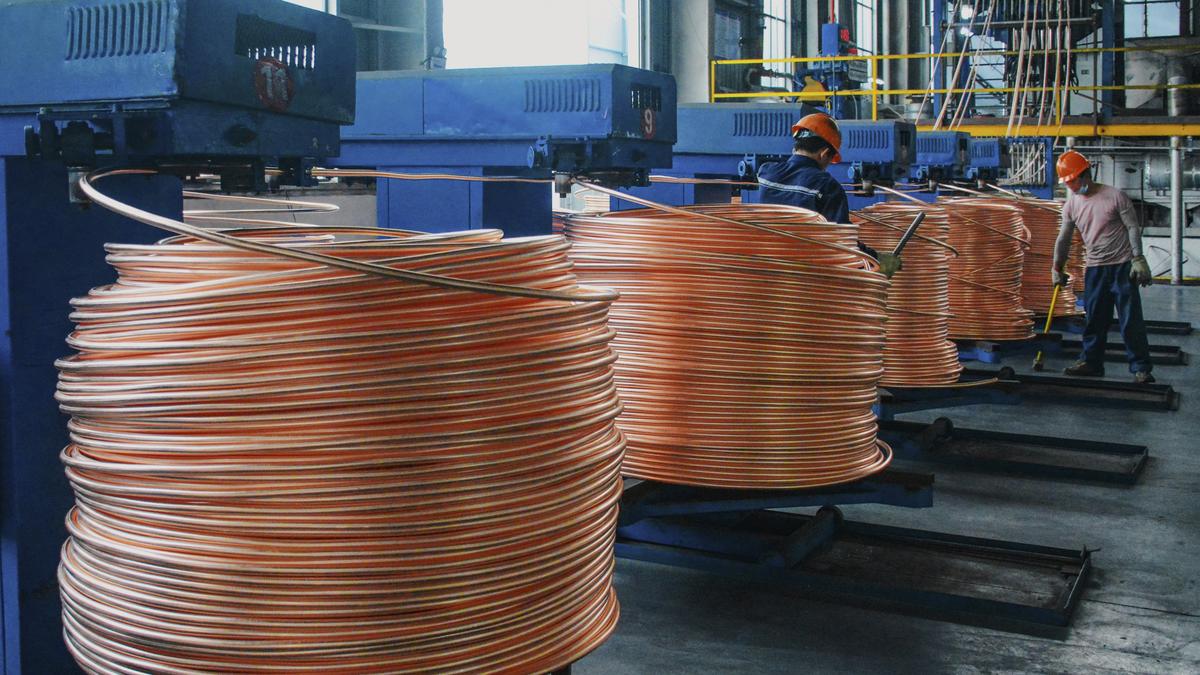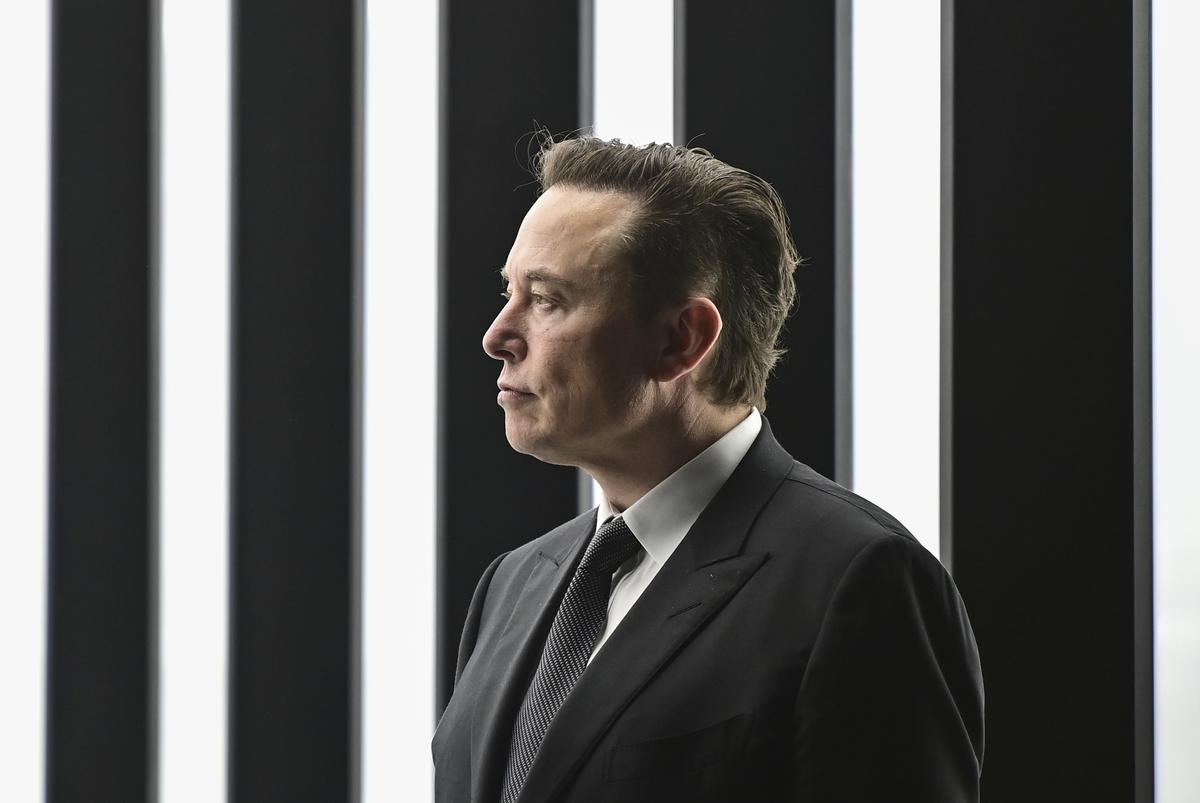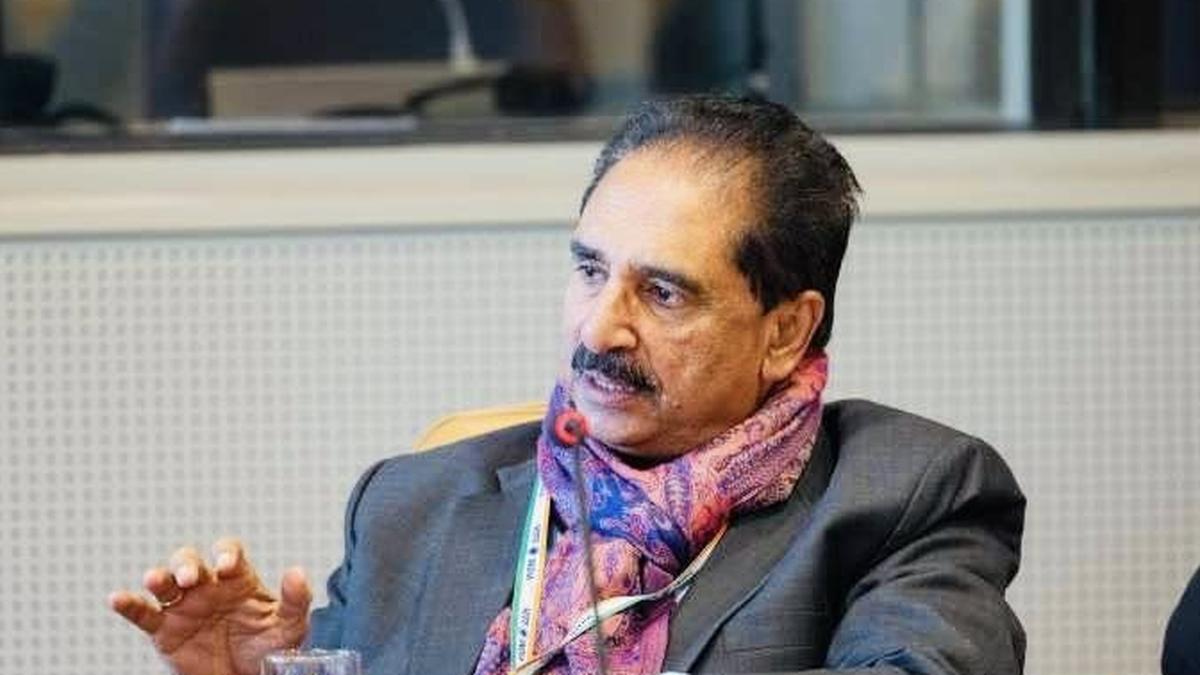How can EU’s carbon tax hurt India?
The European Union had in July last formalised a method to stop ‘carbon leakage’ or moving production of high-polluting products to nations outside of the EU in its bid to go green. This is called the Carbon Border Adjustment Mechanism.
Though the tax will be implemented in 2026, the transition period will begin in 2023, when importers in the EU will have to report (every quarter without attracting levies) the related emissions on goods brought in.
An article at the World Economic Forum website says: “CBAM will initially cover several specific products in some of the most carbon-intensive sectors at risk of “carbon leakage”: iron and steel (including some downstream products such as nuts and bolts), cement, fertilizers, aluminium, electricity and hydrogen made using coal. The European Parliament also signalled a clear intention to include plastics and chemicals by 2026 and all sectors covered by the EU Emissions Trading System (ETS) by 2030.”
CBAM is part of the EU’s plan to cut greenhouse gas emissions by 55% by 2030 compared to 1990 levels, under the European Climate Law.
How does punitive pricing work?
An article in BusinessLine last week showed how Europe’s emissions trading system or the ETS works. Polluting industries get a certain number of European Emission Allowance units, or EUAs – each equivalent to one tonne of CO2 emissions. If a company’s processes add to the pollution by more than the allowed level, it has to buy EUAs in the market. If it can show it has lowered pollution further, then it has surplus EUAs.
Which other countries have similar rules in place?
In its explainer on the CBAM, the EU says such mechanisms are in place in some regions around the world, such as California, where an adjustment is applied to certain imports of electricity.
It also says countries such as Canada and Japan are planning similar initiatives. In addition, the IMF and the OECD have recently carried out work to study how such measures could support international efforts to reduce greenhouse gas emissions.
So why is this a problem for other countries? Do the WTO rules allow this? What is India going to do?
Script and presentation: K. Bharat Kumar
Production: Shibu Narayan
Videography: Johan Sathyadas






